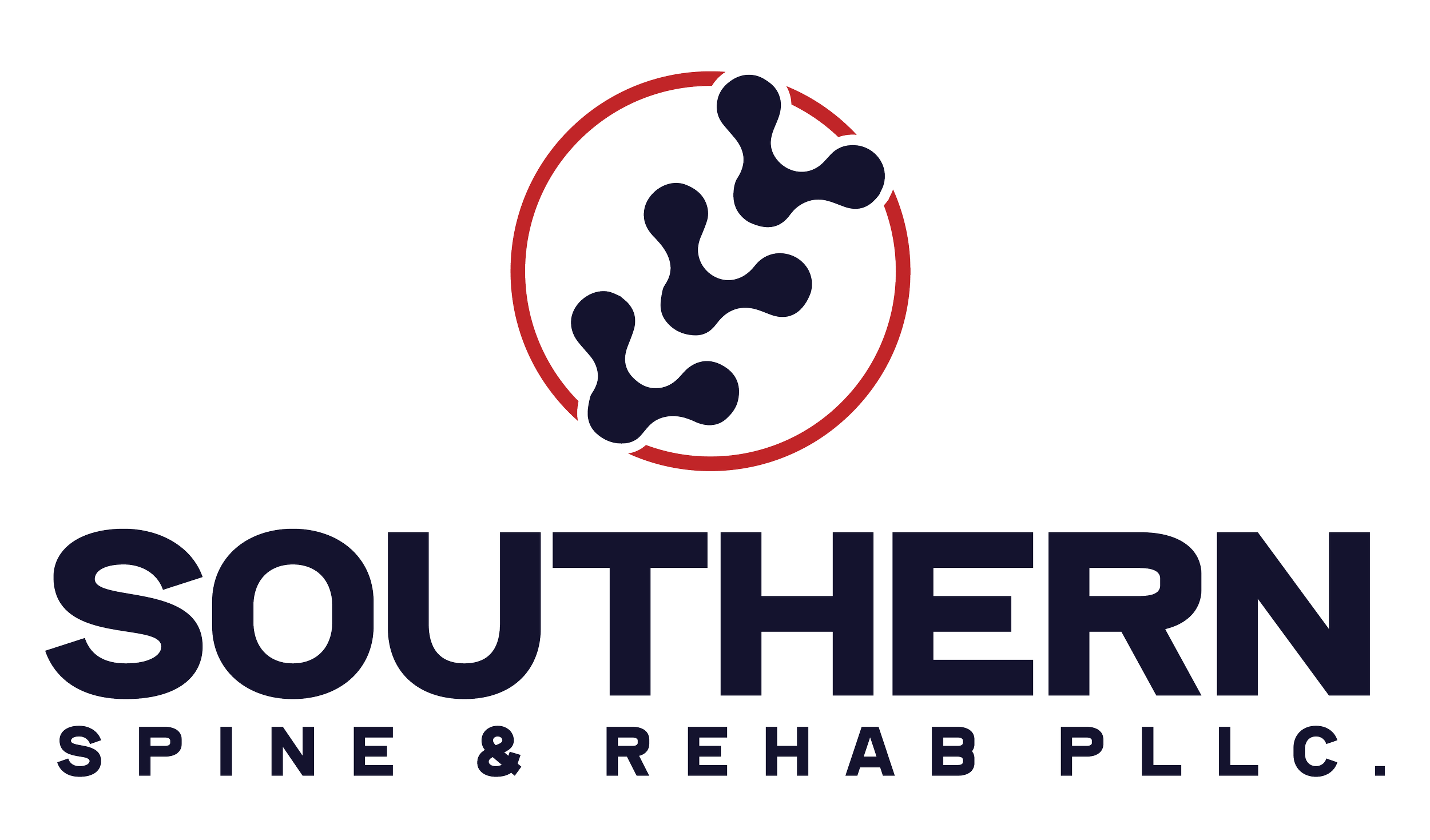RICE Method: Yay or Nay?
Have you heard this about the RICE method???
Why It's Time to Rethink Injury Treatment For decades, the RICE method (Rest, Ice, Compression, Elevation) has been the go-to protocol for treating injuries, from sprained ankles to muscle strains. However, recent advancements in sports medicine and rehabilitation have prompted a reevaluation of this once universally accepted practice.
Today, we delve into the reasons why the RICE method is no longer hailed as the gold standard for injury management.
First and foremost, the concept of complete rest following an injury has been challenged by modern research. While it's essential to avoid activities that exacerbate the injury, complete immobilization can actually impede the body's natural healing processes.
Movement and gentle exercise promote blood flow, which delivers essential nutrients and oxygen to the injured area, accelerating recovery.
Therefore, the idea of rest has evolved into "relative rest," where individuals are encouraged to engage in low-impact activities that don't aggravate the injury. Ice, once hailed as a miracle treatment for reducing inflammation and numbing pain, has also come under scrutiny.
While icing can provide temporary relief, it may actually delay the healing process by constricting blood vessels and reducing circulation to the injured area.
Moreover, excessive or prolonged icing can cause tissue damage, leading to prolonged recovery times and increased risk of complications. Instead of relying solely on ice, healthcare professionals now advocate for a more balanced approach that incorporates other modalities such as heat therapy, massage, and gentle movement.
Compression and elevation, the other two components of the RICE method, remain valuable tools in injury management but are no longer viewed as standalone treatments.
While compression can help reduce swelling and provide support to injured tissues, it should be applied judiciously to avoid restricting blood flow. Similarly, elevation can aid in reducing swelling by allowing fluids to drain away from the injured area, but it should be combined with other interventions for optimal results.
So, if the RICE method is no longer the preferred approach, what alternatives are available?
One emerging concept is the PEACE and LOVE protocol, which stands for Protection, Elevation, Avoid Anti-inflammatory Modalities, Compression, and Education. This holistic approach emphasizes protecting the injured area from further harm, promoting optimal loading through movement and exercise, and providing education to empower individuals in their recovery journey. By focusing on active rehabilitation and optimizing tissue healing, the PEACE and LOVE protocol represents a paradigm shift in injury management.
Another alternative gaining traction is the MOVE model, which stands for Movement, Optimism, Vascularization, and Exercise.
This model emphasizes the importance of early mobilization and graded exposure to movement, fostering a positive mindset towards recovery, promoting blood flow to the injured area, and incorporating appropriate exercises to restore function and strength. In conclusion, while the RICE method served as a cornerstone in injury management for many years, it's time to acknowledge its limitations and embrace more modern approaches that align with current scientific understanding.
By moving away from passive rest and ice-based treatments towards active rehabilitation and comprehensive care, we can better support individuals on their journey to recovery and optimize outcomes in sports medicine and beyond.
References:
Bleakley, C., McDonough, S., & MacAuley, D. (2004). The use of ice in the treatment of acute soft-tissue injury: a systematic review of randomized controlled trials. The American Journal of Sports Medicine, 32(1), 251-261. This systematic review found limited evidence to support the use of ice in the treatment of acute soft tissue injuries and suggested that its effectiveness might be overstated.
2. Collins, N. C. (2008). Is ice right? Does cryotherapy improve outcome for acute soft tissue injury? Emergency Medicine Journal, 25(2), 65-68. This article questions the widespread use of ice in the management of acute soft tissue injuries and suggests that other approaches, such as early mobilization and progressive loading, may be more beneficial.
3. Hubbard, T. J., Aronson, S. L., & Denegar, C. R. (2004). Does cryotherapy hasten return to participation? A systematic review. Journal of Athletic Training, 39(1), 88-94. This systematic review found inconclusive evidence regarding the effectiveness of cryotherapy (including ice application) in accelerating the return to participation in athletes with acute musculoskeletal injuries.


